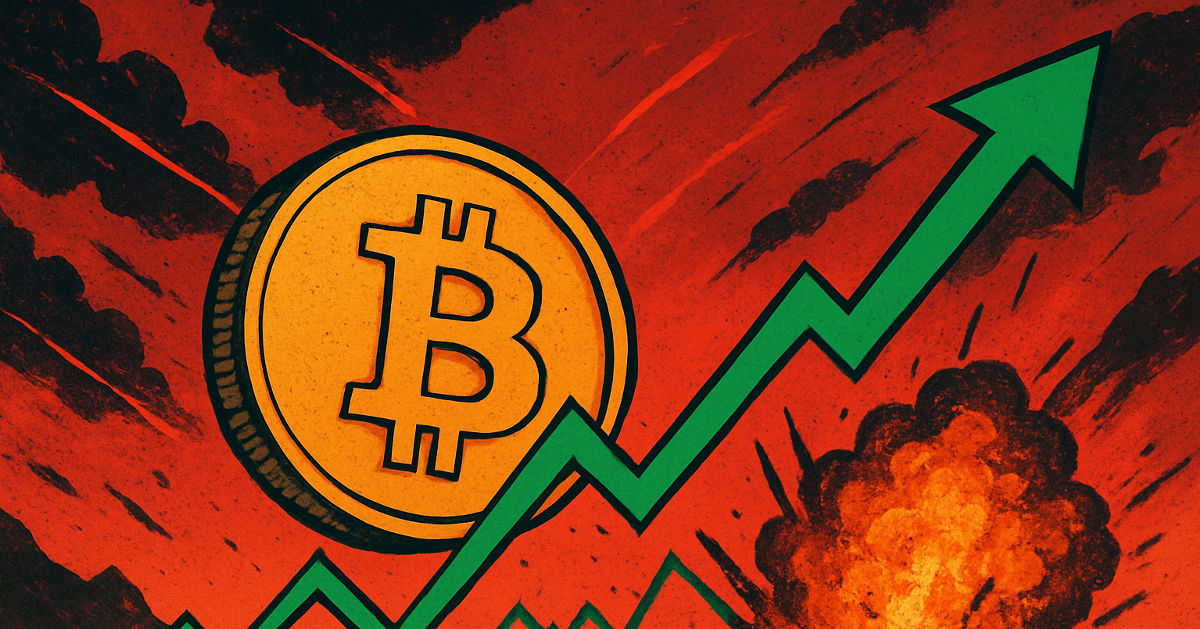Mt. Gox Repayments: Creditors Receive Full BTC And BCH Amount But Investors Worry

The Mt. Gox bankruptcy saga seems to end as the long-awaited repayment process finally begins. On July 5, Mt. Gox, some creditors started receiving Bitcoin (BTC) and Bitcoin Cash (BCH) in their accounts. Some crypto investors worry about the impact it will have on the market.
Repayments Flow Through, Japanese Creditors First In Line
Mt. Gox was the largest Bitcoin exchange in the world ten years ago, handling around 70% of all BTC transactions. In 2014, the exchange suffered an alleged security breach that resulted in the loss of 850,000 BTC and the eventual bankruptcy of the trading platform.
A decade later, the affected Mt. Gox users have begun receiving the long-awaited repayments. Mark Karpelès, the former CEO of Mt. Gox, stated in an X post his excitement that the payout process finally started:
MtGox customers have finally started receiving Bitcoins! After over 10 years I wasn’t sure anymore if it’d finally happen, but here we are finally!! This has been a long journey and I’m happy to see we’re finally getting there, only a bit more…
The Rehabilitation Trustee, Nobuaki Kobayashi, released a notice on July 5 revealing it had made repayments in BTC and BCH to some of the creditors. The payout was made through a part of the Designated Cryptocurrency Exchanges following the Rehabilitation Plan.

Some users have reported that they have already been credited. As seen in the subreddit dedicated to the exchange’s insolvency, Japanese creditors have received their Bitcoin and Bitcoin Cash in full. One Reddit user reported being credited “exactly the amount displayed in the Mt Gox table” to their BitBank account.

Seemingly, only users from the Japanese crypto exchange have received their tokens so far, which sparked fear in some crypto investors. The notice stated that some creditors might have to “wait for a while” to receive their BTC and BCH payout, which could take up to 90 days.
Investors Fear A Bitcoin Carnage
Crypto investors remain wary of the market as Bitcoin’s price has taken a hit following the repayment news. Several community members fear that a massive sell-off from the creditors will follow despite the assurance that many will hold their Bitcoin.
Nonetheless, some creditors have expressed their desire to make some profits from their tokens. “At this stage, as soon as I get them, I’m flogging them on Kraken,” one user said, suggesting that most affected users might feel they have recovered from their loss, so “It’s all bonus.”
As a result, some believe that the payout should be disbursed in several installments to prevent a further market decline. Renowned Journalist Tim Copeland weighed in on the situation, expressing concern about the advantage the early receivers might have on other creditors.
Seemingly, users from exchanges like Kraken have a disadvantage against Japanese creditors as they don’t have access to their Bitcoin and Bitcoin Cash tokens yet. This allows Japanese users to sell their BTC before any other creditor, which could affect late receivers if the price continues bleeding.
Ultimately, a sector of the crypto community appears to be bearish after BTC fell to $54,000 earlier today. As of this writing, BTC is trading at $55,520, a 2.5% drop in the last 24 hours.

Mt. Gox Repayments: Creditors Receive Full BTC And BCH Amount But Investors Worry

The Mt. Gox bankruptcy saga seems to end as the long-awaited repayment process finally begins. On July 5, Mt. Gox, some creditors started receiving Bitcoin (BTC) and Bitcoin Cash (BCH) in their accounts. Some crypto investors worry about the impact it will have on the market.
Repayments Flow Through, Japanese Creditors First In Line
Mt. Gox was the largest Bitcoin exchange in the world ten years ago, handling around 70% of all BTC transactions. In 2014, the exchange suffered an alleged security breach that resulted in the loss of 850,000 BTC and the eventual bankruptcy of the trading platform.
A decade later, the affected Mt. Gox users have begun receiving the long-awaited repayments. Mark Karpelès, the former CEO of Mt. Gox, stated in an X post his excitement that the payout process finally started:
MtGox customers have finally started receiving Bitcoins! After over 10 years I wasn’t sure anymore if it’d finally happen, but here we are finally!! This has been a long journey and I’m happy to see we’re finally getting there, only a bit more…
The Rehabilitation Trustee, Nobuaki Kobayashi, released a notice on July 5 revealing it had made repayments in BTC and BCH to some of the creditors. The payout was made through a part of the Designated Cryptocurrency Exchanges following the Rehabilitation Plan.

Some users have reported that they have already been credited. As seen in the subreddit dedicated to the exchange’s insolvency, Japanese creditors have received their Bitcoin and Bitcoin Cash in full. One Reddit user reported being credited “exactly the amount displayed in the Mt Gox table” to their BitBank account.

Seemingly, only users from the Japanese crypto exchange have received their tokens so far, which sparked fear in some crypto investors. The notice stated that some creditors might have to “wait for a while” to receive their BTC and BCH payout, which could take up to 90 days.
Investors Fear A Bitcoin Carnage
Crypto investors remain wary of the market as Bitcoin’s price has taken a hit following the repayment news. Several community members fear that a massive sell-off from the creditors will follow despite the assurance that many will hold their Bitcoin.
Nonetheless, some creditors have expressed their desire to make some profits from their tokens. “At this stage, as soon as I get them, I’m flogging them on Kraken,” one user said, suggesting that most affected users might feel they have recovered from their loss, so “It’s all bonus.”
As a result, some believe that the payout should be disbursed in several installments to prevent a further market decline. Renowned Journalist Tim Copeland weighed in on the situation, expressing concern about the advantage the early receivers might have on other creditors.
Seemingly, users from exchanges like Kraken have a disadvantage against Japanese creditors as they don’t have access to their Bitcoin and Bitcoin Cash tokens yet. This allows Japanese users to sell their BTC before any other creditor, which could affect late receivers if the price continues bleeding.
Ultimately, a sector of the crypto community appears to be bearish after BTC fell to $54,000 earlier today. As of this writing, BTC is trading at $55,520, a 2.5% drop in the last 24 hours.


